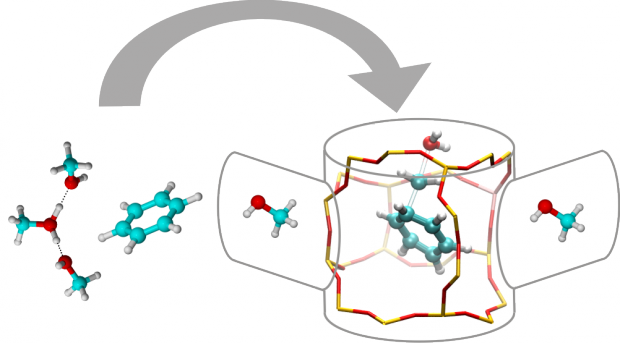Exploring the Vibrational Fingerprint of the Electronic Excitation Energy via Molecular Dynamics
Abstract
A Fourier-based method is presented to relate changes of the molecular structure during a molecular dynamics simulation with fluctuations in the electronic excitation energy. The method implies sampling of the ground state potential energy surface. Subsequently, the power spectrum of the velocities is compared with the power spectrum of the excitation energy computed using time-dependent density functional theory. Peaks in both spectra are compared, and motions exhibiting a linear or quadratic behavior can be distinguished. The quadratically active motions are mainly responsible for the changes in the excitation energy and hence cause shifts between the dynamic and static values of the spectral property. Moreover, information about the potential energy surface of various excited states can be obtained. The procedure is illustrated with three case studies. The first electronic excitation is explored in detail and dominant vibrational motions responsible for changes in the excitation energy are identified for ethylene, biphenyl, and hexamethylbenzene. The proposed method is also extended to other low-energy excitations. Finally, the vibrational fingerprint of the excitation energy of a more complex molecule, in particular the azo dye ethyl orange in a water environment, is analyzed.

 Open Access version available at
Open Access version available at 

